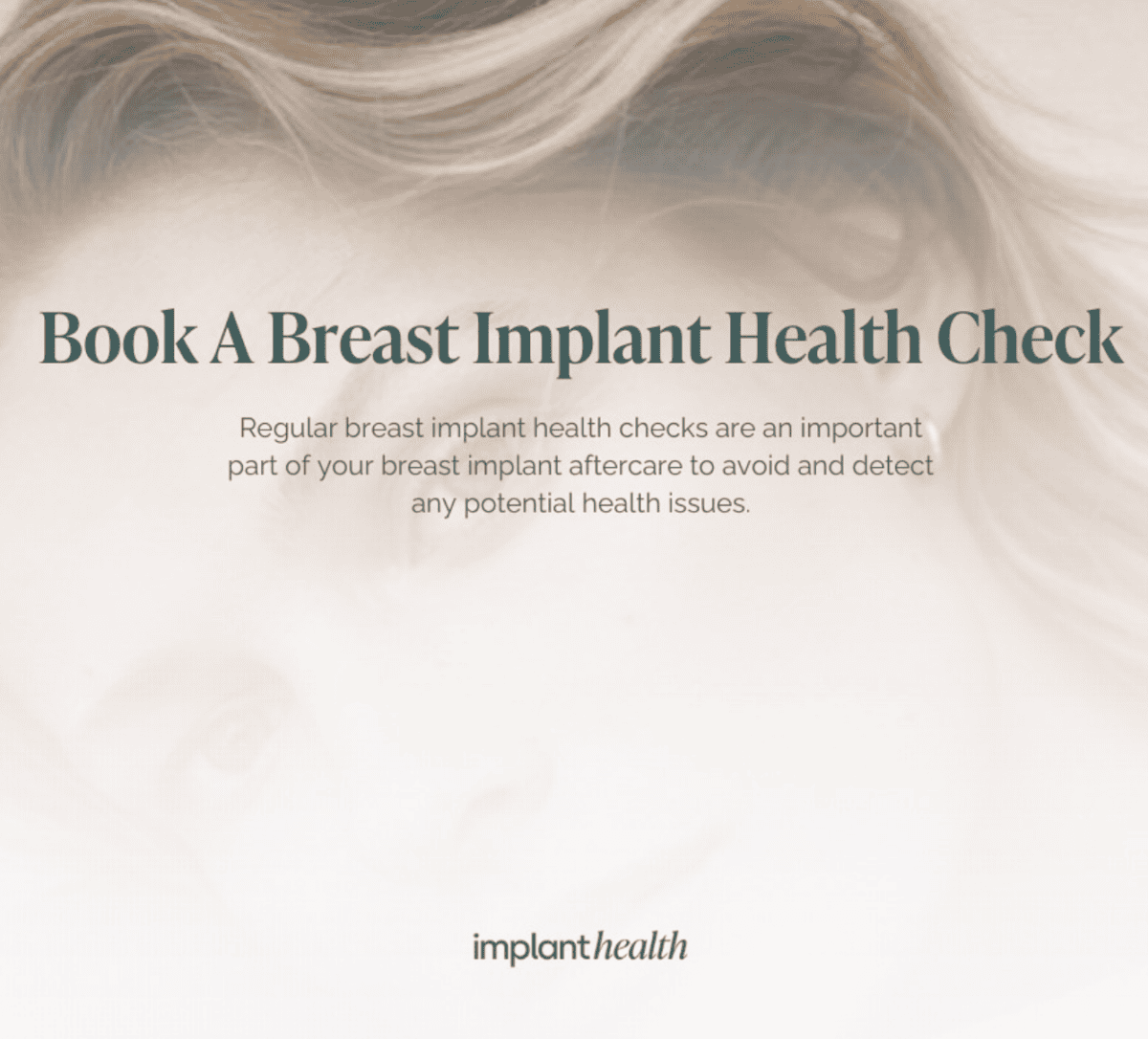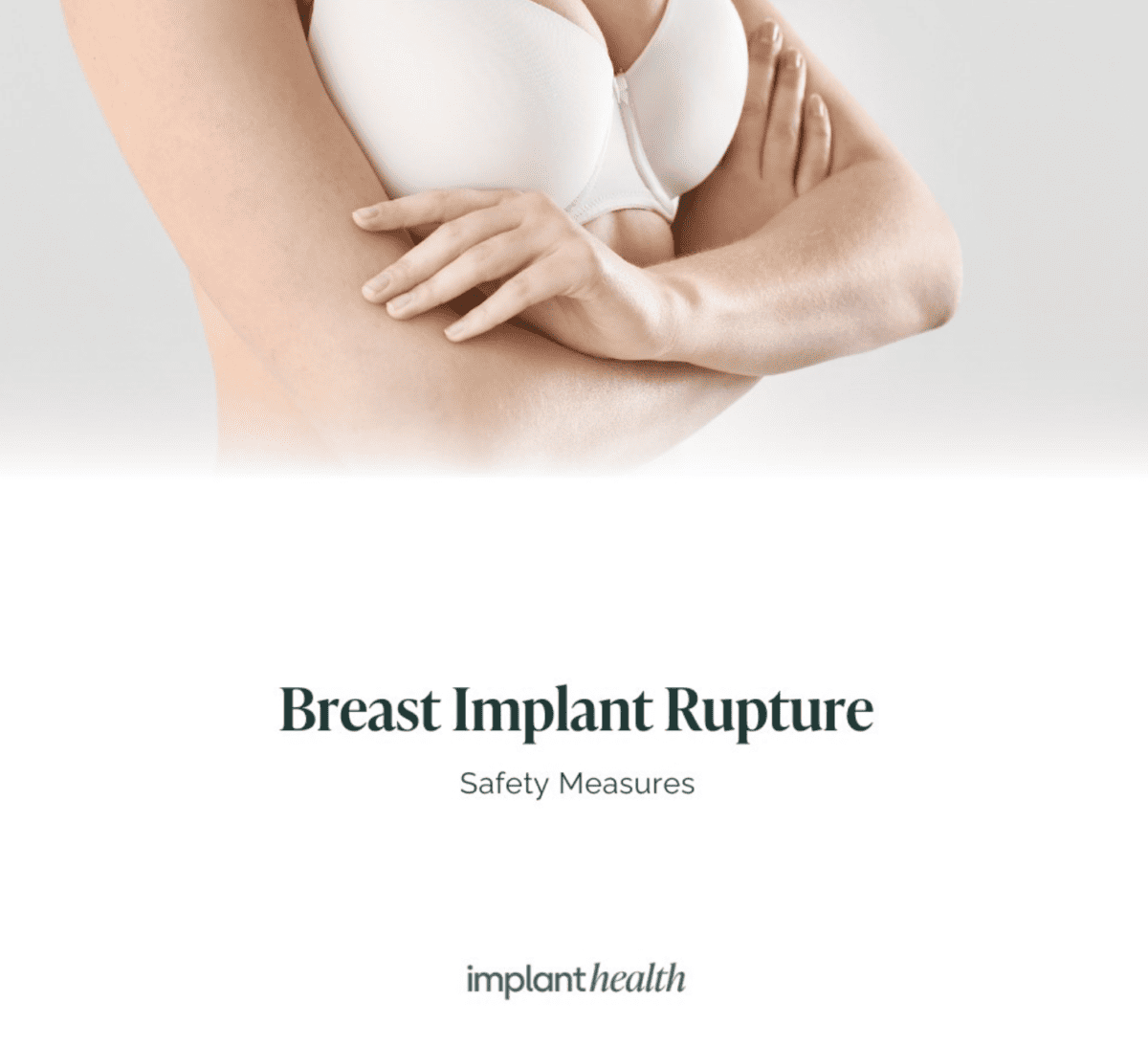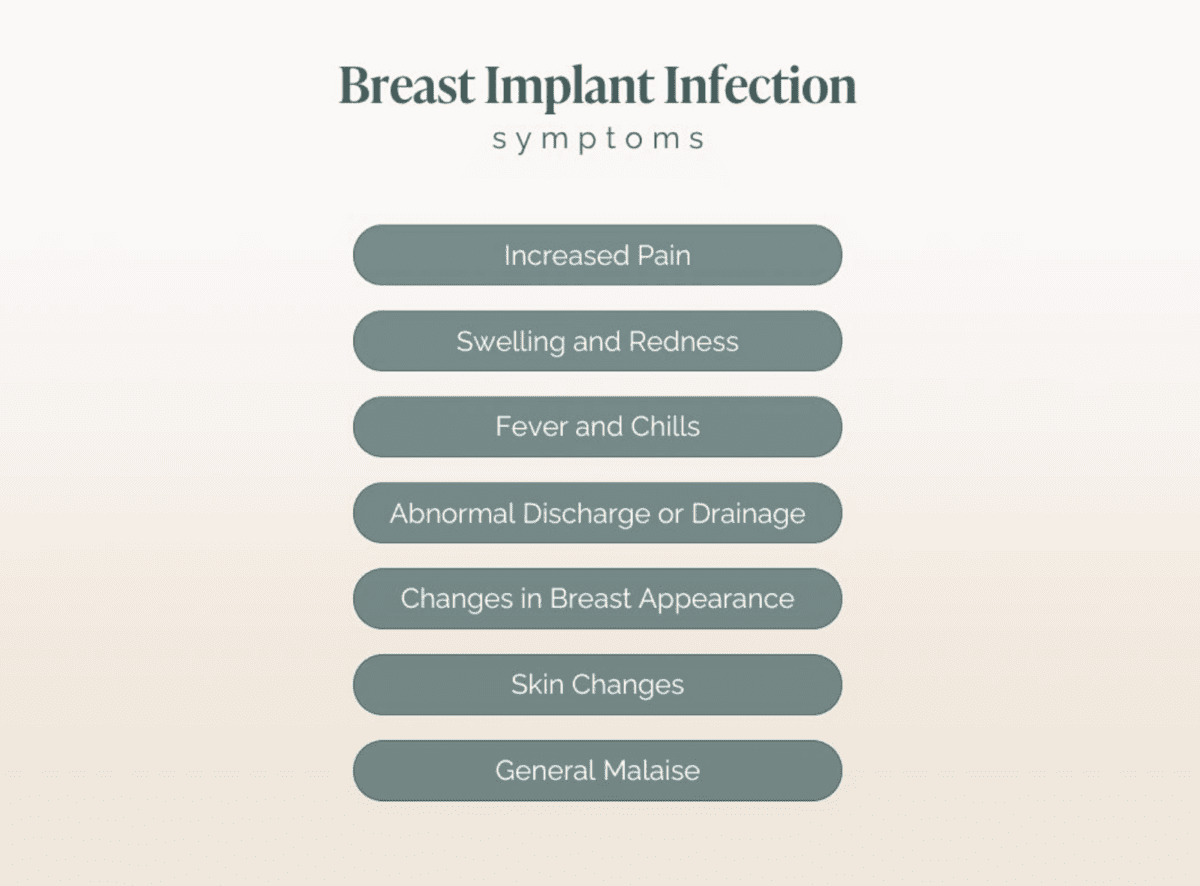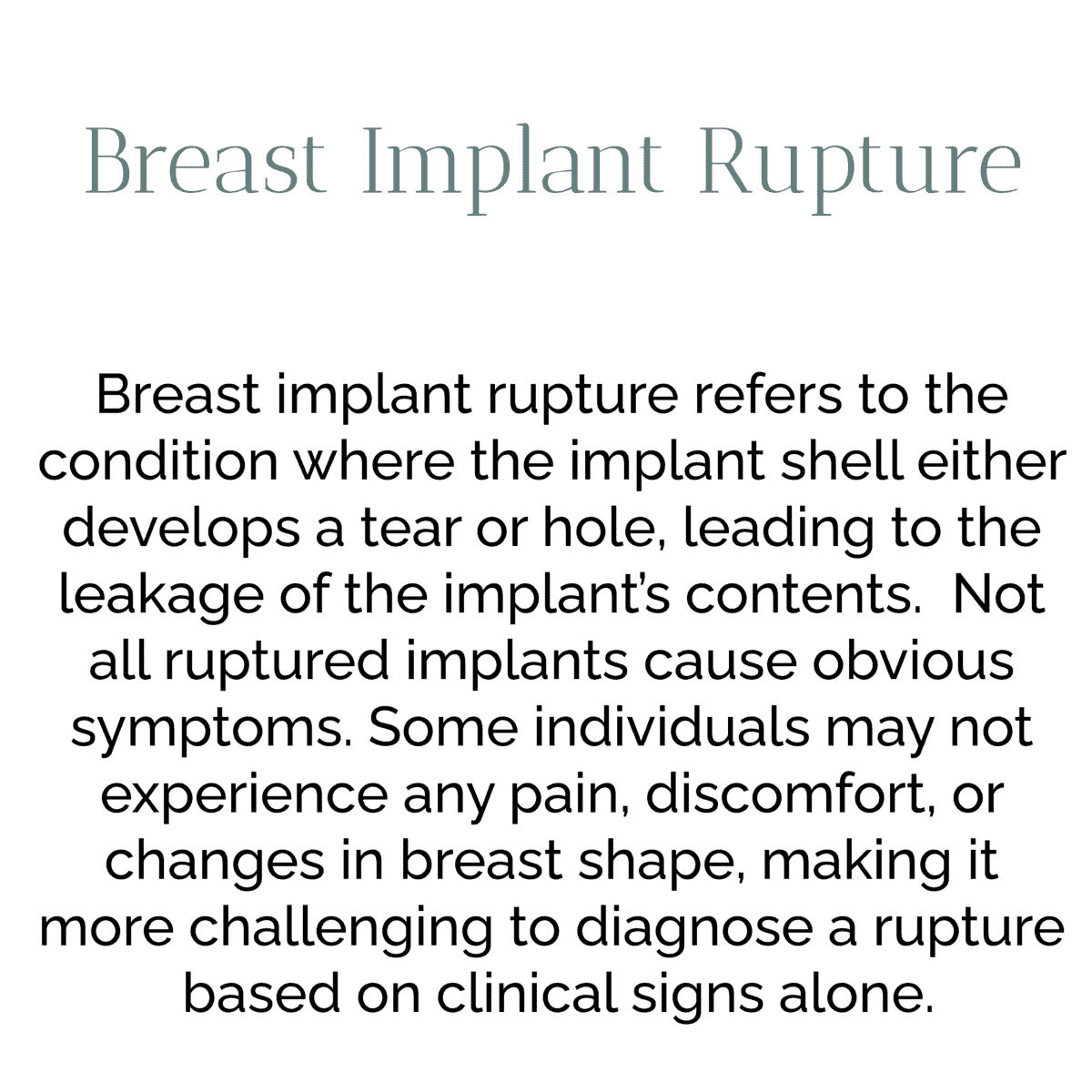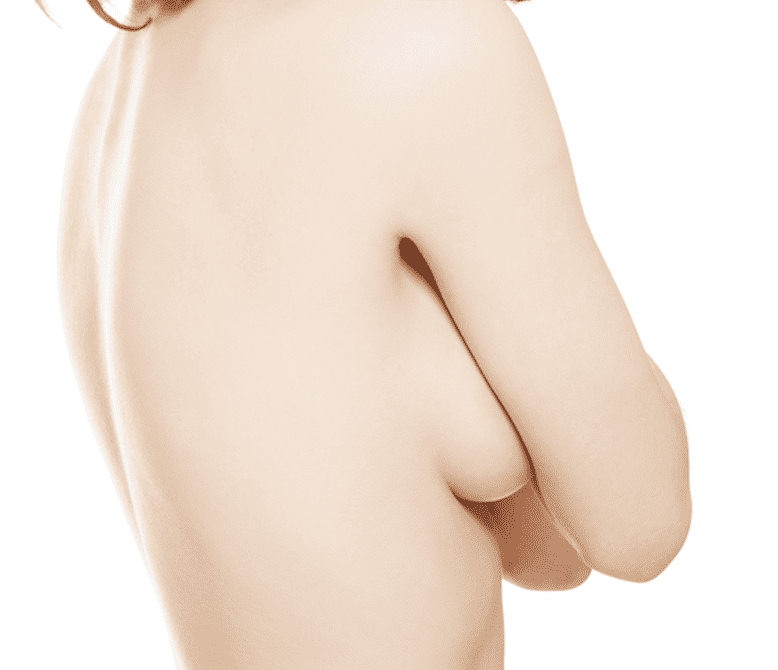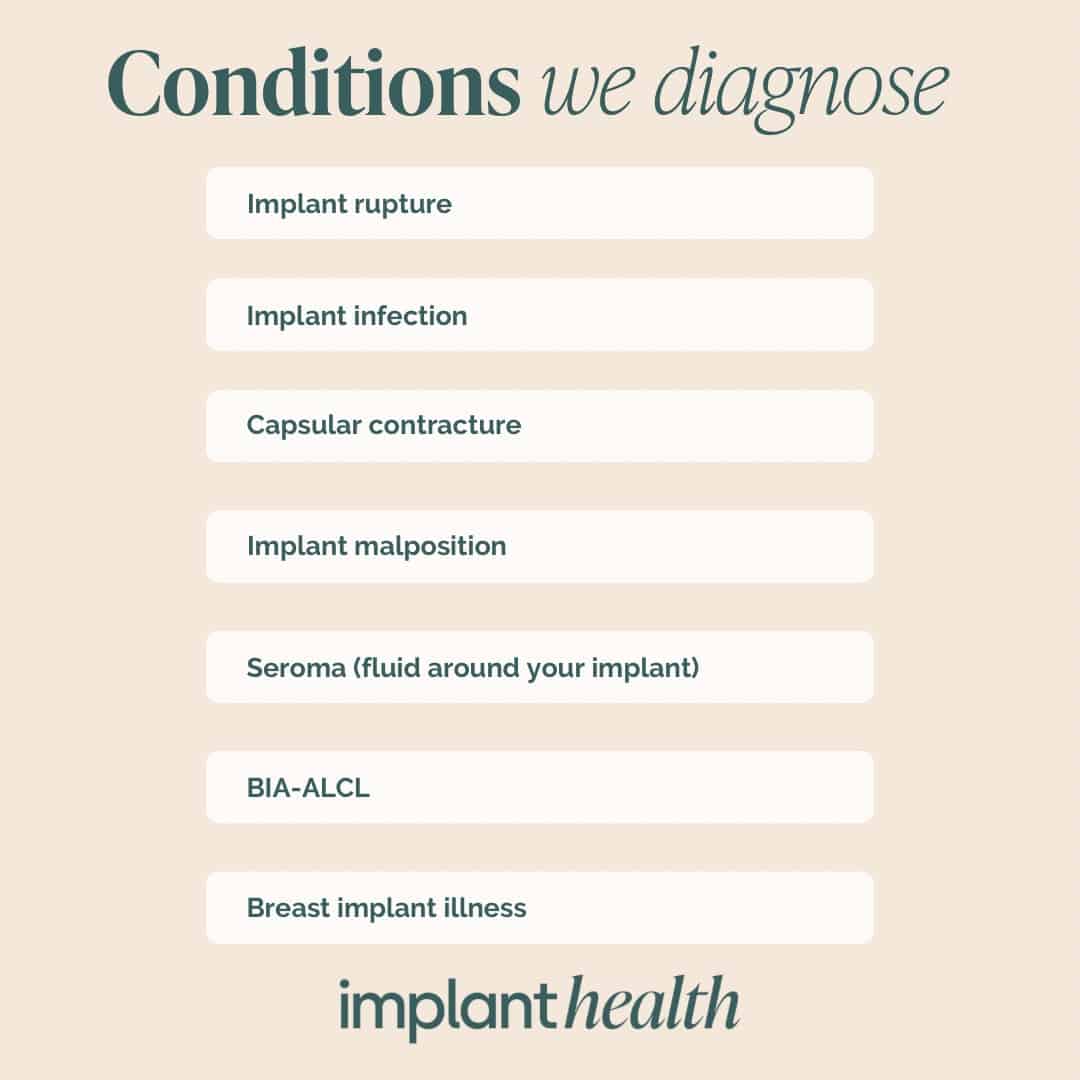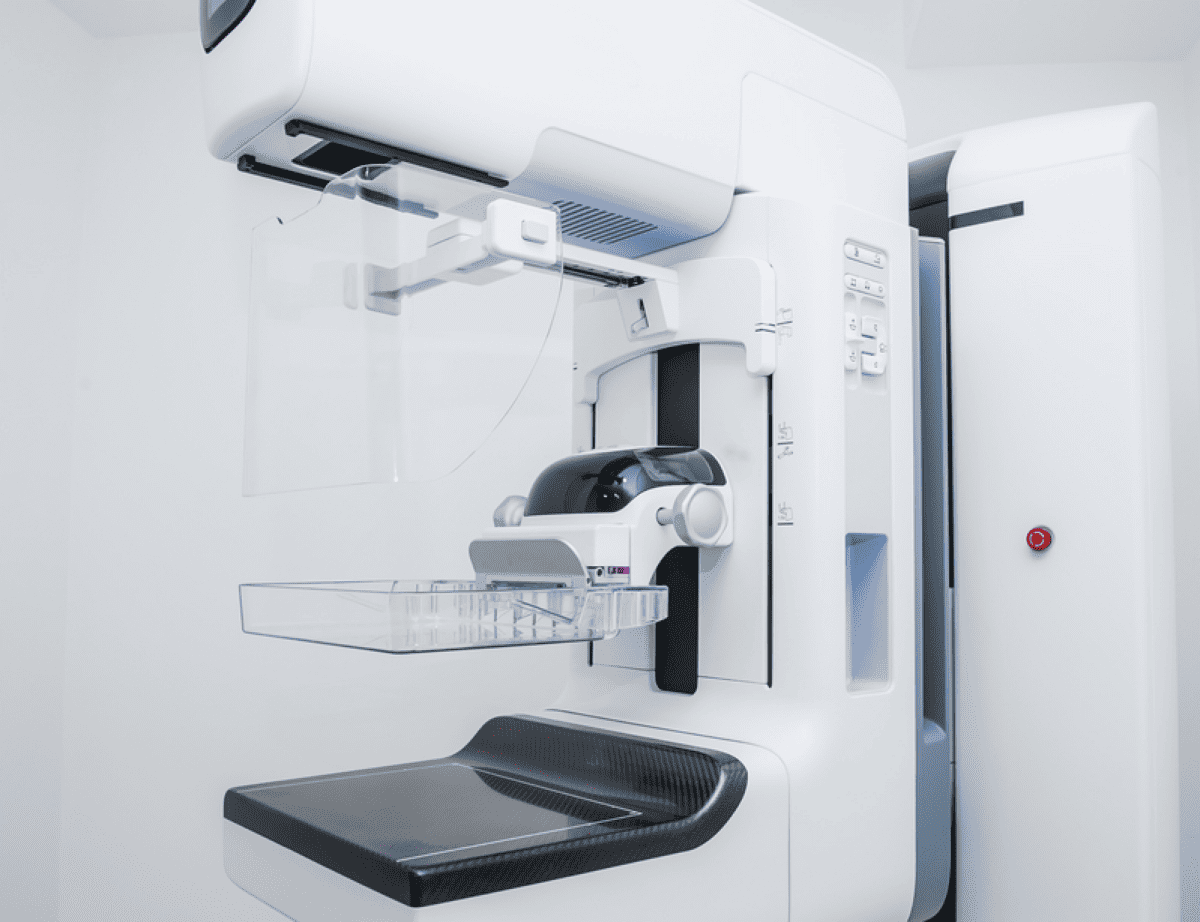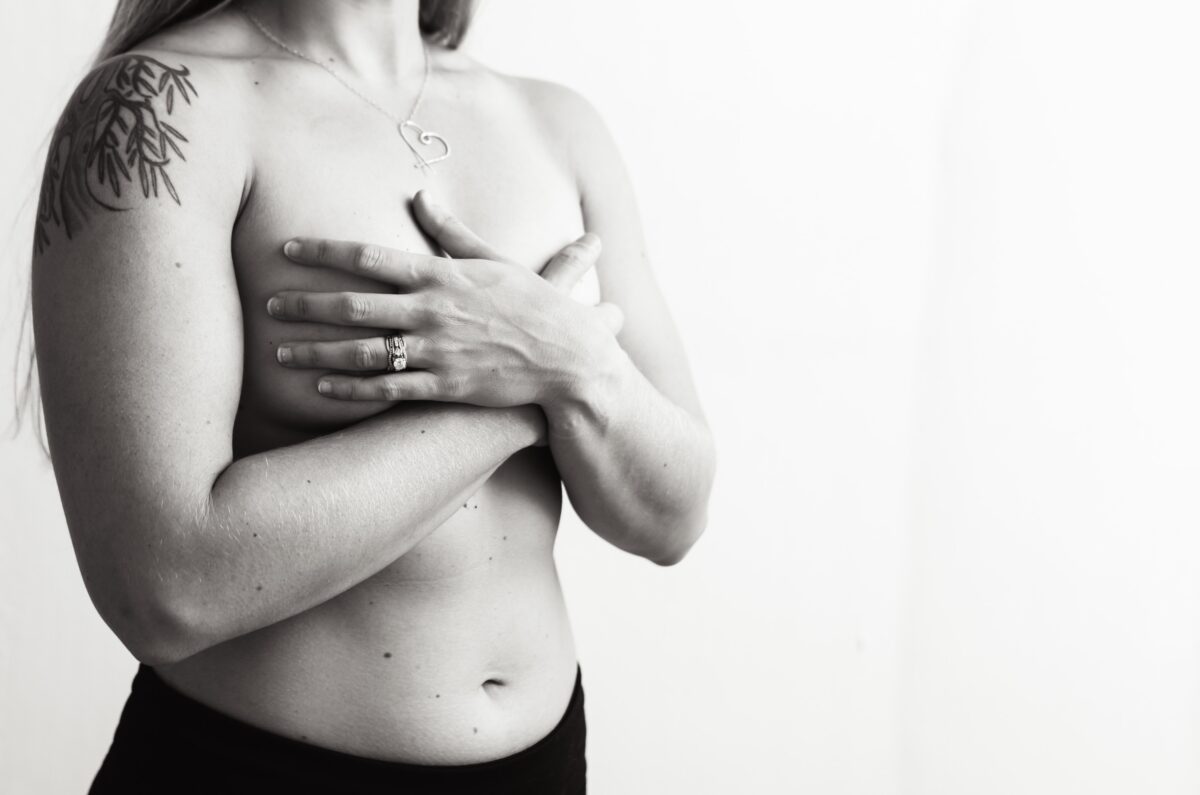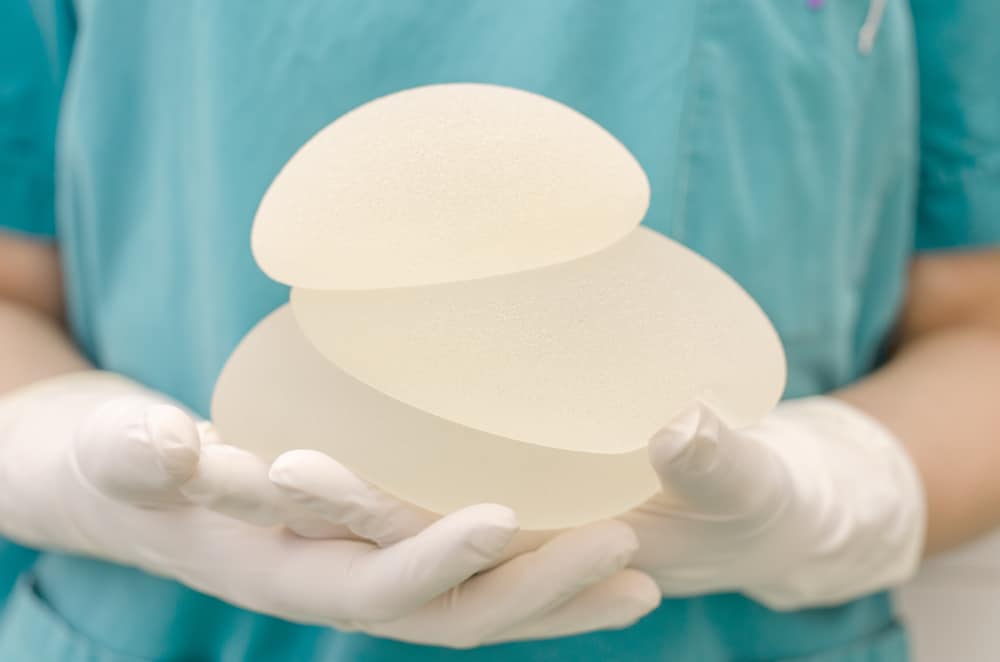My Breast Implants Shape Have Changed – Why?
Breast augmentation is one of the most popular cosmetic surgeries among women in the world. It is a procedure that increases the size and shape of breasts using implants. However, in some cases, women who have undergone breast augmentation complain that the shape of their breasts has changed over time, and this leaves them wondering what went wrong. If you’re in the same boat, don’t panic; this article will help you understand why breast implant shape changes and what you can do about it.
Capsular Contracture
Capsular Contracture is one of the most common reasons why breast implants can change in shape over time. This occurs when the tissue around the implant hardens, causing the breast to look rigid and distorted. This condition is likely to happen within the first few years after surgery, and you may notice symptoms such as pain, inflammation, and discomfort. If you’re experiencing any of these symptoms, it is advisable to consult your surgeon immediately for treatment.
Implant Displacement
Implant displacement is another reason why breast implants can change in shape. This can happen when all or part of the implant moves from its original position, causing the breast to look uneven and unnatural. This condition can be caused by several factors, including excessive physical activity, weight gain, or hormonal changes. To avoid implant displacement, avoid activities that strain your chest muscles, and consult your surgeon if you notice any changes in breast shape.
Pregnancy and Breastfeeding
Pregnancy and breastfeeding can also cause breast implant shape changes. During pregnancy, hormonal changes can make your breasts fuller, causing the skin to stretch, which may affect the shape of your breast implants. Breastfeeding also causes hormonal changes that can make your breasts bigger or smaller, causing your implants to look different. To minimize the effects of pregnancy and breastfeeding on your breast implants’ shape, discuss your options with your surgeon.
Aging
Aging affects the body in many ways, including breast shape. As you age, your skin loses elasticity, causing your breasts to sag and affect the appearance of your implants. This condition is called “Ptosis,” and it can happen regardless of whether you have breast implants or not. If you notice that your implants’ shape has changed due to aging, talk to your surgeon about your options.
Breast Implant Material
The type of implant material can also affect the shape of your breast implants. For example, saline implants are more likely to show ripples and wrinkles than silicone implants. Similarly, textured implants are more likely to cause capsular contracture than smooth implants. If you notice any changes in breast shape due to implant material, consult your surgeon for advice.
Breast implants are a significant cosmetic procedure that can increase your confidence and improve your appearance. However, breast implant shape changes are common, and there are several reasons why they can occur. The most important thing is to communicate with your surgeon if you notice any changes in your breast implant’s shape. Together, you can discuss the best course of action to help restore your confidence and enhance your appearance.
